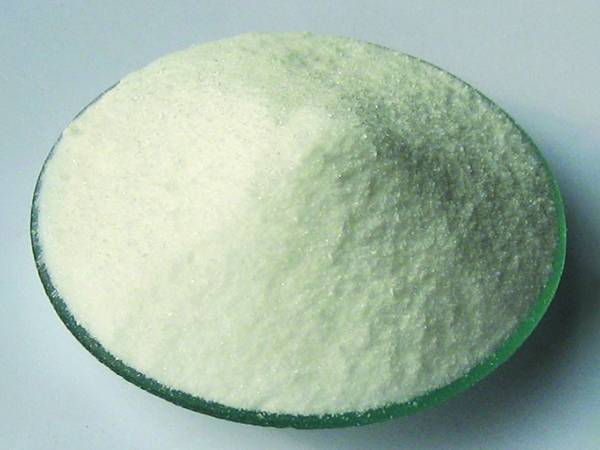



Production Techniques for Calcium Ammonium Nitrate in Fertilizer Manufacturing Processes
The Manufacturing Process of Calcium Ammonium Nitrate
Calcium Ammonium Nitrate (CAN) is a widely used fertilizer that combines calcium, nitrogen, and ammonium. It plays a crucial role in the agricultural industry by promoting plant growth and ensuring optimal nutrient absorption. Understanding the manufacturing process of Calcium Ammonium Nitrate is essential for comprehending its benefits and applications in modern agriculture.
Raw Materials
The primary raw materials for producing Calcium Ammonium Nitrate are ammonium nitrate (AN), calcium carbonate (CaCO3), and water. Ammonium nitrate serves as the nitrogen source, while calcium carbonate provides the necessary calcium content. The purity and quality of these raw materials are critical, as impurities can affect the final product's effectiveness and safety.
Preparation of Ammonium Nitrate
The first step in the manufacturing process involves producing ammonium nitrate. This compound is typically synthesized through the neutralization of nitric acid (HNO3) with ammonia (NH3). The reaction can be illustrated as follows
\[ \text{NH}_3 + \text{HNO}_3 \rightarrow \text{NH}_4\text{NO}_3 \]
After synthesizing ammonium nitrate, it is concentrated through evaporation and crystallized to obtain a solid form. This solid ammonium nitrate is then dried to remove any remaining moisture content, ensuring that it adheres to quality standards.
Reaction with Calcium Carbonate
Once the ammonium nitrate is prepared, the next step is to react it with calcium carbonate. This process involves introducing calcium carbonate to a mixture of ammonium nitrate solution. The ideal reaction can be simplified as follows
\[ \text{2 NH}_4\text{NO}_3 + \text{CaCO}_3 \rightarrow \text{Ca(NO}_3)_2 + \text{2 NH}_4\text{NO}_3 + \text{CO}_2 + \text{H}_2\text{O} \]
In this reaction, calcium nitrate and more ammonium nitrate are formed, along with carbon dioxide and water. The careful control of temperature and concentration during this stage is vital, as it ensures that the desired chemical reactions occur efficiently.
manufacturing process of calcium ammonium nitrate

Granulation
After the reaction, the resulting slurry containing Calcium Ammonium Nitrate is further processed into granules. Granulation involves the aggregation of finer particles into larger, coherent granules. This is achieved through several methods, including drum granulation or fluidized bed granulation. The granulation process not only improves the handling characteristics of the fertilizer but also enhances its solubility in water, facilitating more efficient nutrient uptake by plants.
Drying and Coating
Following granulation, the granules are subjected to drying to reduce their moisture content to acceptable levels. Excess moisture can lead to caking and reduce the fertilizer's effectiveness. The drying process typically involves the use of hot air or rotary dryers.
In some cases, a coating may be applied to the granules to enhance their performance. Coatings can help control the release rate of nutrients, protecting them from leaching and ensuring that plants receive a steady supply of nutrients over time.
Quality Control
Quality control is a critical aspect of the manufacturing process. Throughout the production line, samples of both raw materials and the final product are routinely tested for composition, purity, and size distribution. These tests ensure that the Calcium Ammonium Nitrate produced meets industry standards and is safe for agricultural use.
Packaging and Distribution
After passing quality checks, the final product is packaged in bags or bulk containers for distribution. Proper packaging is essential to protect the fertilizer from moisture and contamination during transport and storage.
Conclusion
The manufacturing process of Calcium Ammonium Nitrate is a complex but essential procedure that transforms raw materials into a vital agricultural product. From the synthesis of ammonium nitrate to the careful granulation and quality control, each step plays a significant role in ensuring the effectiveness of this fertilizer. As agriculture continues to evolve, understanding and optimizing this manufacturing process will remain significant for meeting the growing demands of global food production.
-
Why Sodium Persulfate Is Everywhere NowNewsJul.07,2025
-
Why Polyacrylamide Is in High DemandNewsJul.07,2025
-
Understanding Paint Chemicals and Their ApplicationsNewsJul.07,2025
-
Smart Use Of Mining ChemicalsNewsJul.07,2025
-
Practical Uses of Potassium MonopersulfateNewsJul.07,2025
-
Agrochemicals In Real FarmingNewsJul.07,2025
-
Sodium Chlorite Hot UsesNewsJul.01,2025










